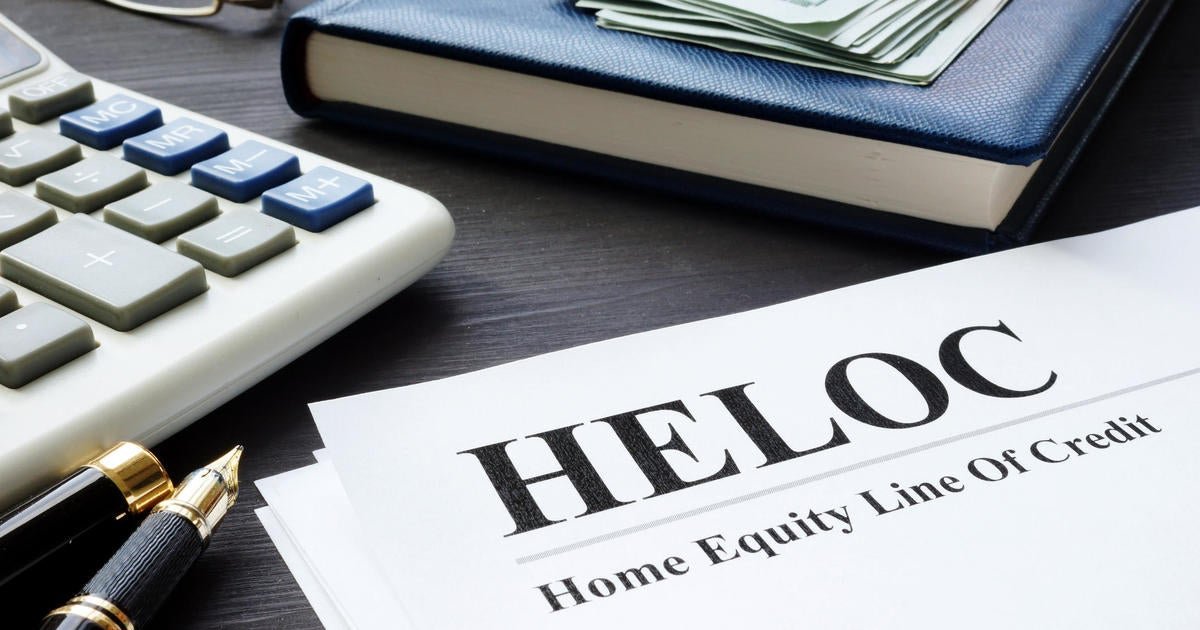Getty Images/iStockphoto
A home equity line of credit (HELOC) has many attractive features for homeowners. It’s easy to use, functioning much the same way a credit card does via a revolving line of credit. And, in today’s higher home value climate, many homeowners have a lot of money to potentially access (the average home equity amount sits around $320,000 now). With interest rate cuts issued toward the end of 2024, HELOC interest rates also dropped and became more affordable, hitting an 18-month low to start 2025. Those rates, thanks to their variability, can fall even further later this year once additional rate cuts are issued, putting money directly back into the wallets of borrowers.
Before getting started with a HELOC, however, it’s critical to understand the qualification process and, specifically, what can potentially disqualify you from getting a HELOC. Below, we’ll break down what you need to know.
See how much equity you’d be eligible to borrow with a HELOC here.
What disqualifies you from getting a HELOC?
Not sure if you’ll be able to deduct your home equity by using a HELOC? Here are three items, either individually or in combination, that could disqualify you from getting your HELOC application approved:
Minimal equity
Homeowners will need to meet minimum equity standards to borrow from their home with a HELOC. You’ll typically need to have at least 15% to 20% of equity in the home to get approved for a HELOC. Your home equity is calculated by deducting your existing mortgage balance from 85% of your home’s current value.
For example, if your home is worth $100,000 and you owe $50,000, you’d deduct $50,000 from $85,000, resulting in $35,000 in equity. Since that $35,000 is more than the required 20% equity requirement, you’d usually qualify for a HELOC in this circumstance. But the figures change and home values rise and fall, so you’ll need to do some math to determine your exact eligibility and you may need to delay an application
Check your HELOC eligibility requirements here.
Poor credit score
A mediocre credit score can easily disqualify you from getting approval for several loans and borrowing products and HELOCs are no different. While you can, in theory, get approved with bad credit, it will be difficult to do so. And the rates you’ll be offered won’t be beneficial. Instead, if you can delay your financial needs, consider working on improving your credit score. By refraining from applying for additional loans, reviewing your credit report for errors or inaccuracies, paying down high-rate debt, and making other moves, you can improve your credit score from fair to good and position yourself to get approved for a HELOC in the future.
High debt-to-income ratio
Your debt-to-income ratio, found by dividing your total monthly loan payment obligations by your gross monthly income, goes a long way toward determining your HELOC eligibility. If it’s too high (generally anything over 43%) you’ll either risk being offered unaffordable rates and terms or, more likely, be disqualified from being approved altogether. A high debt-to-income ratio, after all, indicates an inability to take on more debt. If you’re already burdened with too many payments, a HELOC lender may reject your application until you’ve reduced your existing debt liabilities first.
The bottom line
There are multiple ways in which borrowers could see their HELOC application rejected. By knowing these reasons and understanding the potential solutions, prospective HELOC users can improve their chances of having their applications improved. And, once they’ve improved their financial health, they’ll be more likely to receive more favorable rates and terms, too on other products at the same time.




